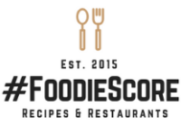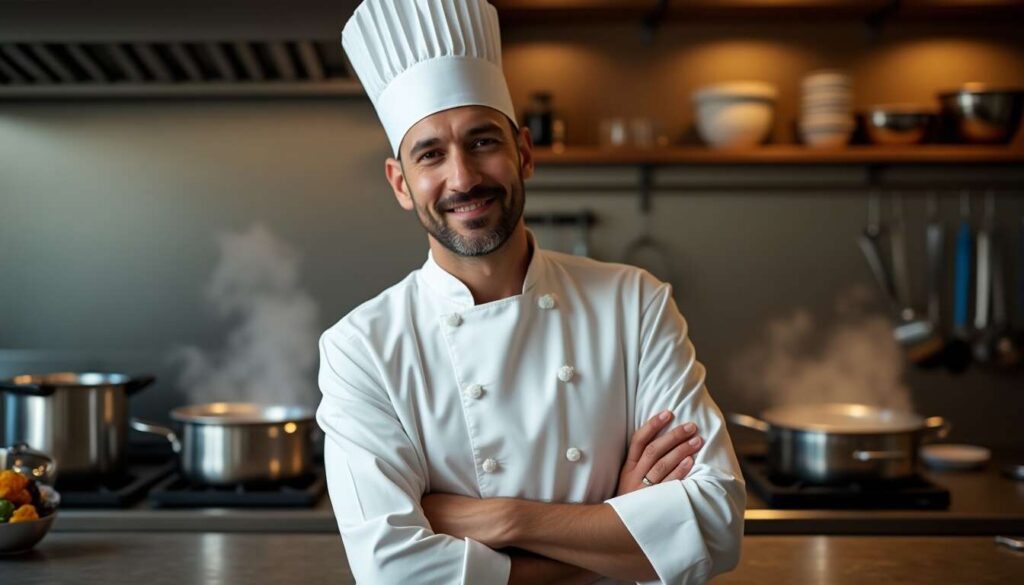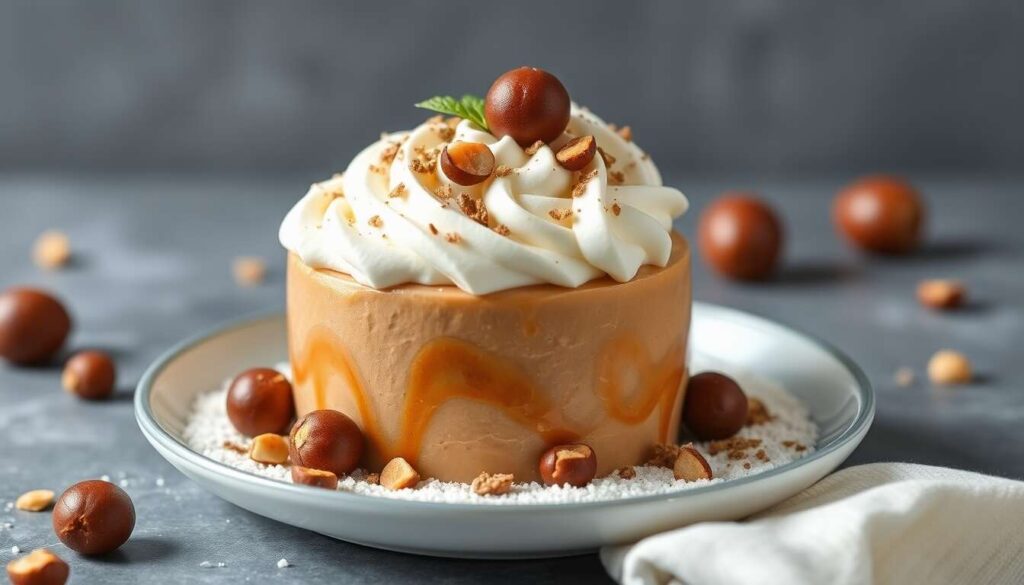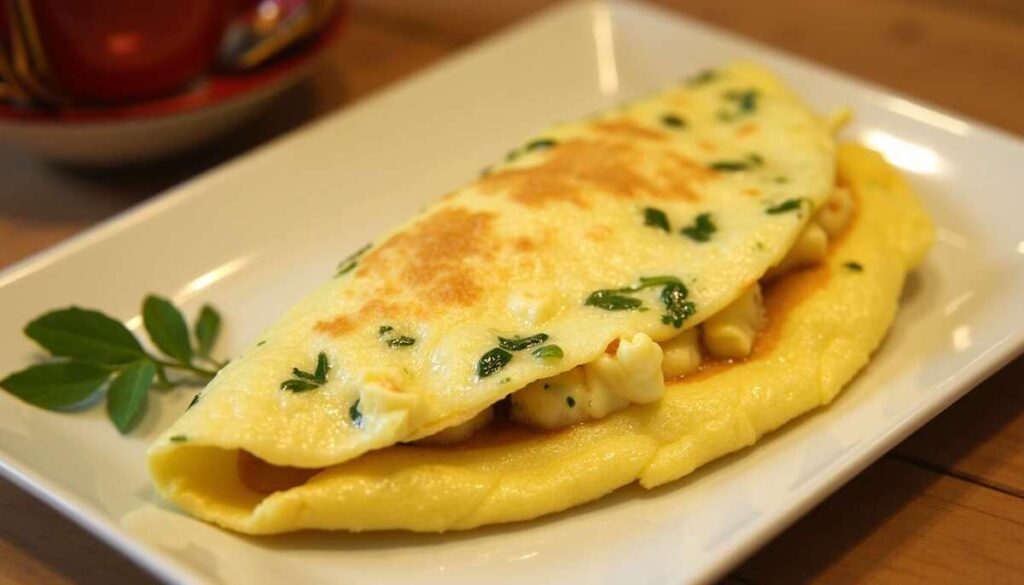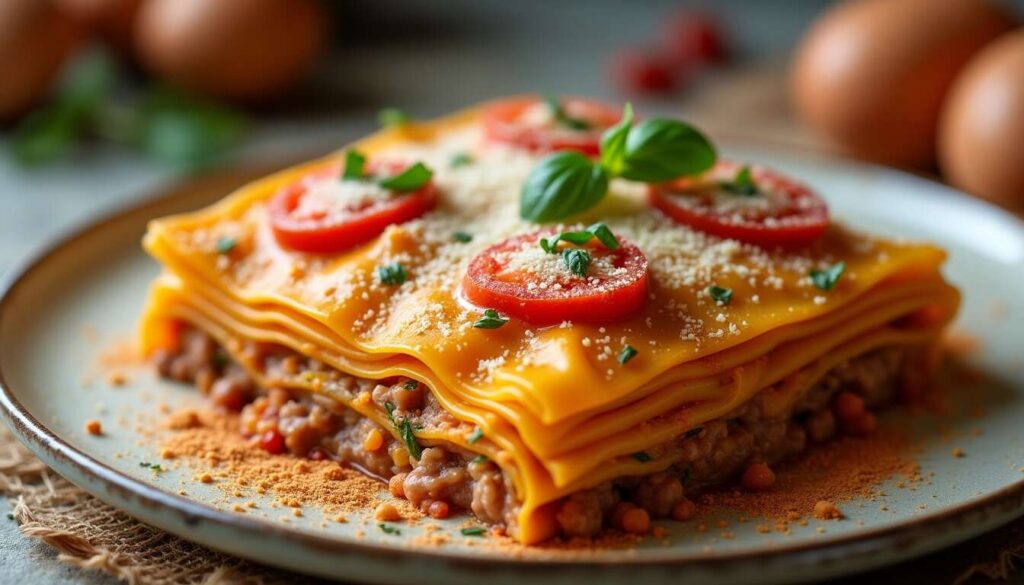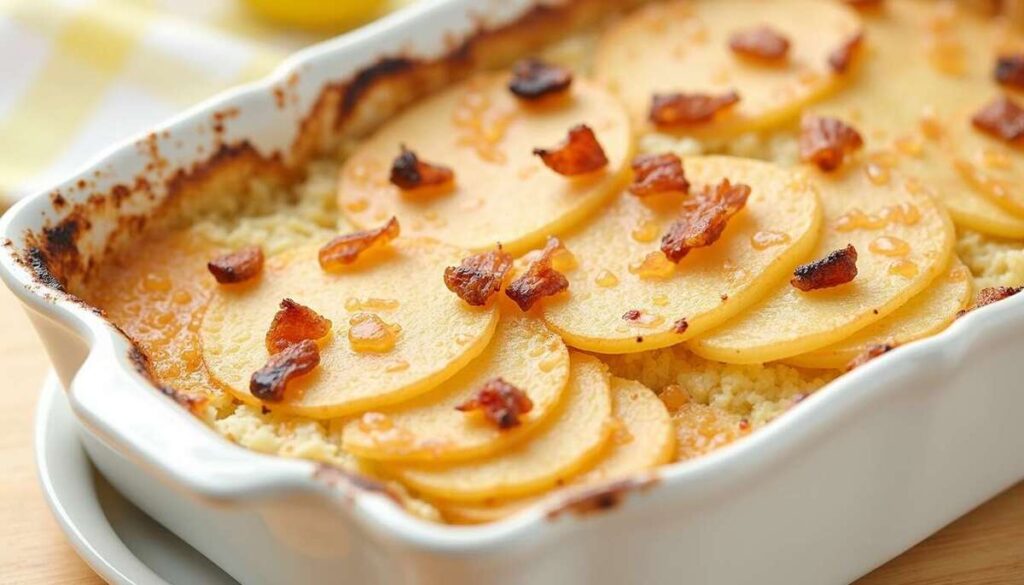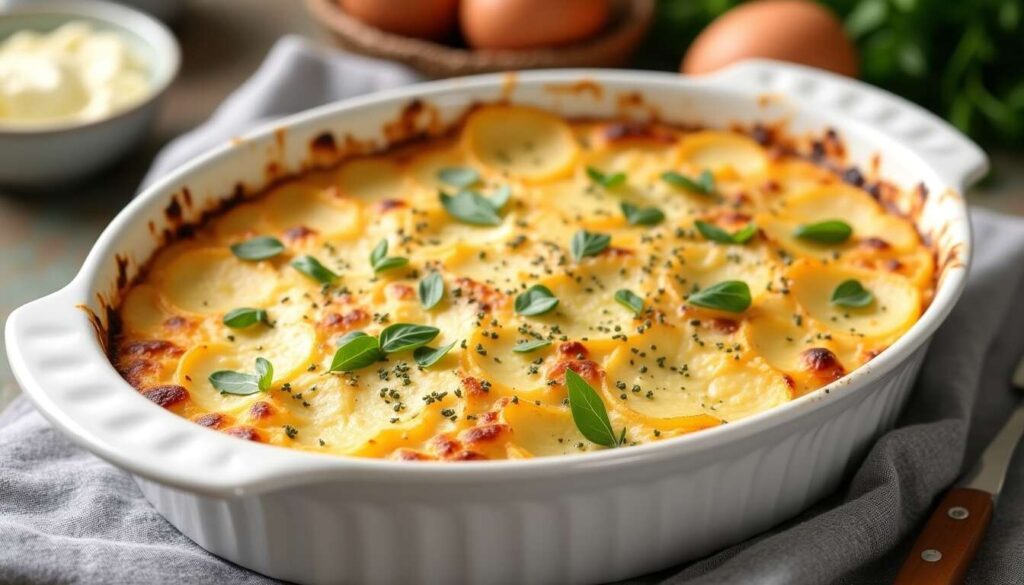In the realm of gastronomy, mastering the art of cooking often distinguishes a good dish from an exceptional one. Achieving uniform cooking while preserving the organoleptic qualities of ingredients is a fine art that requires practice and an in-depth understanding of culinary techniques. Many chefs eagerly share their tips to help everyone enhance their culinary skills and achieve results worthy of the finest establishments.
The Foundations of Mastered Cooking
Understanding the Different Cooking Methods
Before striving for culinary perfection, it is essential to understand the various cooking methods. Cooking is generally categorized into three groups: dry cooking, wet cooking, and combined cooking.
- Dry cooking includes roasting, grilling, and frying.
- Wet cooking involves boiling, steaming, and braising.
- Combined cooking utilizes both dry and wet techniques, as seen in stews.
Each method has its distinct characteristics and impact on the flavor and texture of food. For those who enjoy experimenting, combining these techniques can yield surprising and delightful results.
The Importance of Cooking Equipment
A frequently overlooked aspect of cooking is the importance of using the right equipment. Quality kitchen tools, such as non-stick pans, stainless steel pots, and convection ovens, can make a significant difference.
- Non-stick pans allow for effortless cooking without sticking.
- Stainless steel pots ensure even heat distribution.
- Convection ovens guarantee uniform cooking.
Investing in quality equipment is a crucial step for anyone wishing to enhance their culinary abilities.
To ensure perfect cooking, managing temperature is indispensable. Let us now explore how to check and maintain the ideal temperature throughout the cooking process.
Mastering Temperature for Perfect Cooking
Regulating Cooking Temperature
Temperature is the key factor in achieving consistent and flavorful cooking. It is vital to know the appropriate temperatures for each type of food to maintain their nutritional and sensory properties.
- Red meats cook best over medium heat.
- Fish and poultry require gentler temperatures to prevent drying out.
- Vegetables often need quick, high-temperature cooking to retain their crunchiness.
Using a kitchen thermometer is a tip recommended by chefs to control the internal temperature and ensure perfect cooking.
Adapting Cooking to Different Ingredients
Each ingredient reacts differently to heat. For instance, eggs cook quickly and require close attention, while legumes may need a longer cooking time.
| Ingredient | Ideal Temperature (°C) | Cooking Time |
| Beef | 160 – 175 | 10 – 20 min |
| Fish | 150 – 160 | 5 – 10 min |
| Chicken | 170 – 180 | 20 – 40 min |
By adapting to the specifics of each ingredient, cooking becomes a pleasure, and the results are consistently delightful. Now that you have a thorough understanding of temperature management, let’s discover the essential chef’s tip for ensuring even cooking.
The Essential Tip for Uniform Cooking
Using the Heat Distribution Method
A frequently employed technique by professional chefs for achieving uniform cooking is precise heat distribution. This technique prevents the formation of dry or burnt spots on food.
- Preheat your cooking utensils for even heat distribution.
- Stir regularly to ensure heat is spread evenly.
- Use a lid to retain heat and moisture.
Ensuring even heat distribution guarantees that every part of the ingredient is cooked uniformly.
Opting for Multi-Phase Cooking
Multi-phase cooking is an advanced technique where you first sear the ingredient at high temperatures and then lower the heat to finish cooking gently. This method helps preserve texture and flavors.
By mastering these techniques, home cooks can elevate their dishes to a professional level. Next, let’s explore how to prevent food from sticking during cooking.
Chef Tips to Prevent Sticking
The Importance of a Well-Heated Pan
Inadequately heated pans are often the reason for sticking food. By heating the pan before adding ingredients, you create a barrier that prevents adhesion.
- Wait until the pan is hot enough before adding oil.
- Check the ideal temperature for each ingredient type.
- Use suitable utensils, such as silicone spatulas.
This simple tip ensures that meals are flawless and that pans remain in excellent condition.
Using Fats Judiciously
The choice and use of fats are crucial. Whether it’s oil, butter, or other culinary fats, the right amount reduces sticking while adding flavor.
By mastering these tips, the likelihood of food sticking to utensils is significantly reduced. Let us now delve into more sophisticated techniques to further enhance flavors.
Advanced Techniques for Optimal Flavors
Glazing and Deglazing to Intensify Tastes
Glazing is used to give a shiny, appetizing finish to dishes, while deglazing involves capturing cooking drippings to create a flavorful sauce.
- Add broth or wine to deglaze and capture concentrated aromas.
- Use glazing to add shine to vegetables and meats.
- Incorporate fresh herbs at the end of cooking for a burst of flavor.
These techniques amplify flavors and transform a simple dish into a culinary masterpiece.
Marinades for Infused Flavors
Preparing a marinade is an excellent technique for infusing deep flavors into meat or fish before cooking. This allows spices and herbs to penetrate the ingredient, developing complex tastes.
With these advanced tips, every meal can turn into an intense gustatory pleasure. The secrets to perfect cooking lie in the combination of various techniques, from the proper use of equipment to mastering temperature management. By integrating these chef-inspired tips into your culinary routine, you are sure to create delicious and successful dishes. There is no doubt that your next culinary creation will be praised by your guests.
